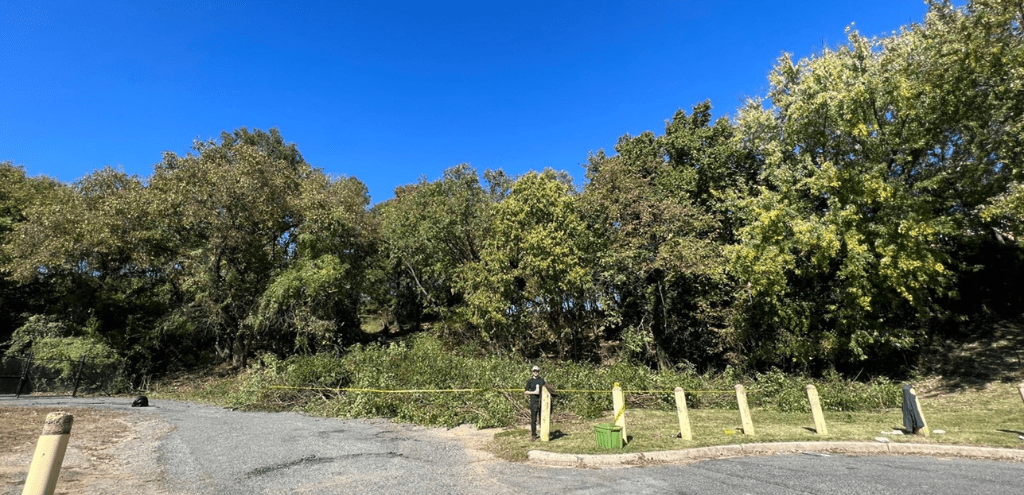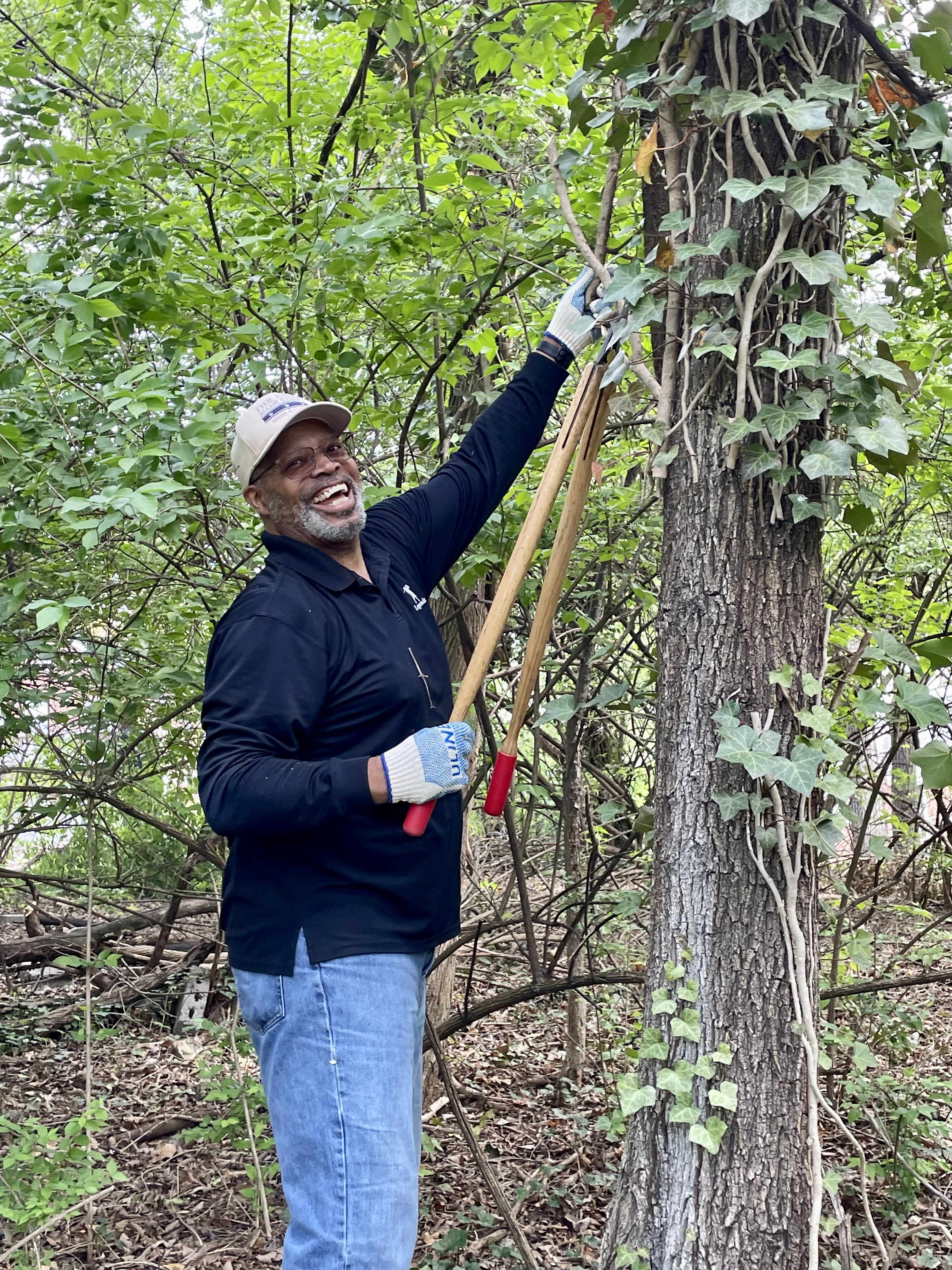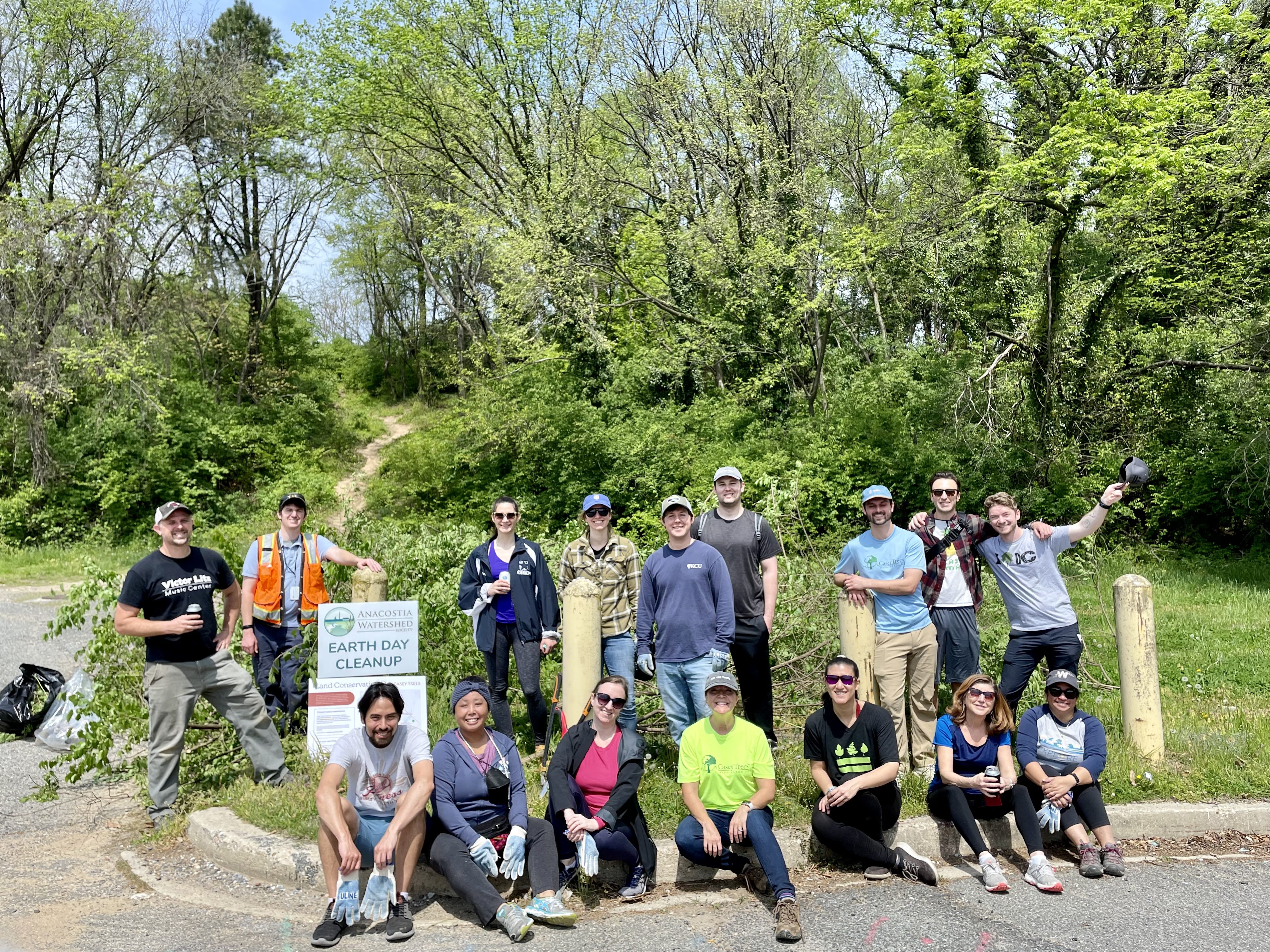
One aspect of our Land Conservation program focuses on acquiring and enhancing neighborhood pocket parks to be passive spaces for communities to enjoy shade, peace, and a place to rejuvenate. The other focus of our conservation efforts is the preservation and restoration of forested natural areas that function as necessary, unique wildlife habitats all across the District.
What makes a forest a forest? That can be a tough question to answer in an urban environment where few intact patches of woodland remain, but there are unique ecosystems across DC where forested areas can be expected to regenerate naturally if undisturbed.
The US Forest Service is prioritizing these spaces in their Urban FIA Program to better understand the relationship between urban tree canopy cover and temperature, and how trees over hard surfaces compare to intact patches of trees in natural areas. Check out forest patches around the District here: Urban Forest Patch Viewer.
Casey Trees holds a conservation easement on a forest patch along New Hampshire Ave, NE, near the Hellbender Brewing Company. They’ve been great partners participating in our invasive removal events, and we now colloquially call the site ‘Hellbender Hill’. If you haven’t already heard, we’ll be celebrating Land Conservation month with them with a very limited-edition beer made with serviceberries harvested by our own Casey Trees staff.
When we first surveyed this property, we had a lot to learn and an abundance of challenges ahead. Invasive species are becoming increasingly more common in urban areas due to soil disturbance and human activities. Trees in urban areas have high rates of exposure to invasive species that can outcompete native plants for resources. Hellbender Hill is near many different modes of transport with degraded soil and steep slopes – increasing the likelihood of invasives.
Casey Trees regularly applies for grant opportunities to fund the long-term stewardship of our conservation easement sites, with the hope that spaces like Hellbender Hill can one day have accessible low-impact trails to support recreation and plant diversity that will attract native wildlife.
We partnered with the Anacostia Watershed Society in 2022 on Earth Day for our first cleanup at the site and volunteers helped us remove several truck-loads full of invasive bush honeysuckle and freed over 25 trees from English ivy and porcelain berry. By removing blankets of these non-native invasive plants, we’re freeing up tree canopy and clearing the understory for native species to seed and establish as new trees.
Our amazing partners at the Urban Forestry Division have attended all our invasive removal workshops at Hellbender Hill assisting with safety, educating volunteers about plant and tree identification, and hauling out huge swaths of honeysuckle. We’re thankful for their collaboration in making these events such a success!
A patch of open space with a few scattered trees may not technically be a forest, but it could be. With enough time, planning, and forward-thinking, we can thoughtfully restore wildlife corridors and natural habitats District-wide. We may not be able to protect every tree in DC, but we’re working to make sure there are viable green spaces to support trees now and for decades to come like the easement on Hellbender Hill.
There are many ways we acquire these spaces – follow the link to read more about our program here. If you know of a green space near you that you’re interested in seeing protected, fill out our Easement Nomination Form and our Land Conservation team will research the site to identify possible conservation opportunities.
We hope to see you at our Land Conservation Celebration Event later this month where we’ll lead tours of the forest patch, enjoy live music and some fun Tree-via.









